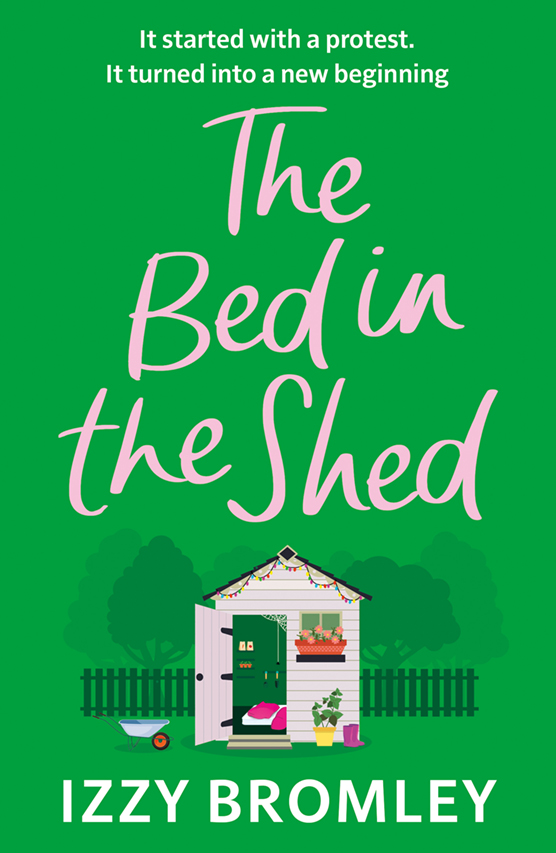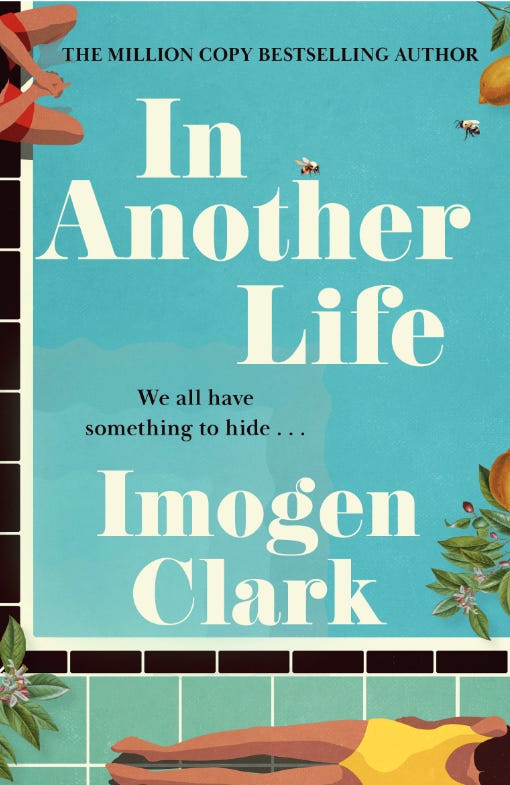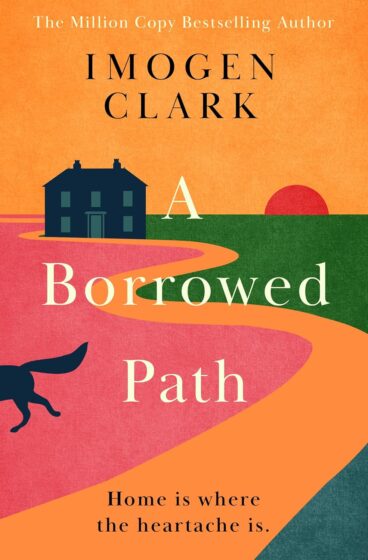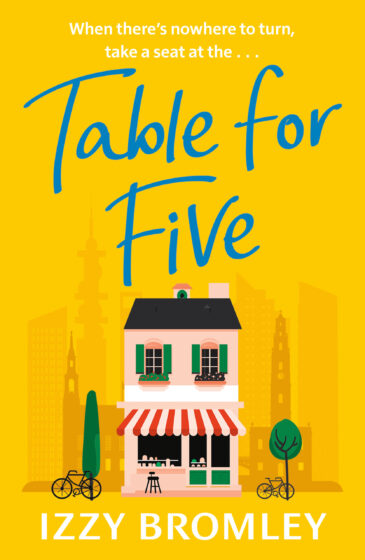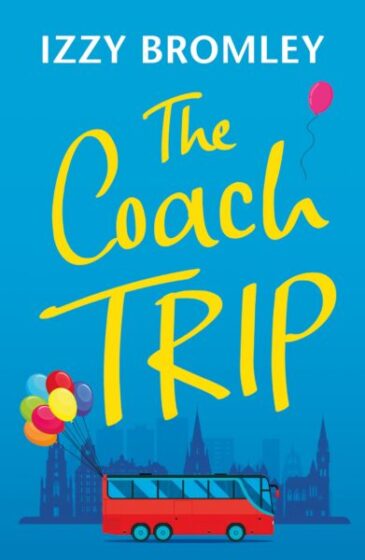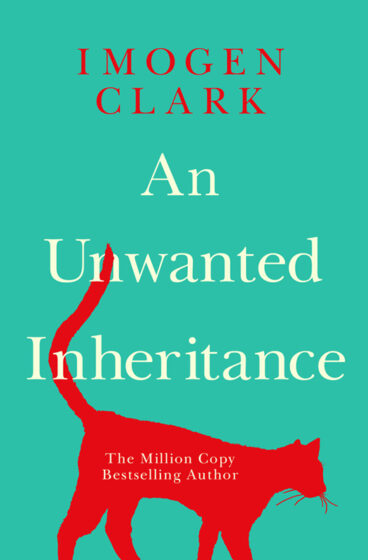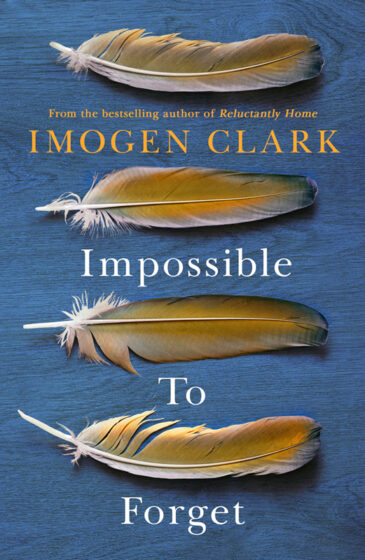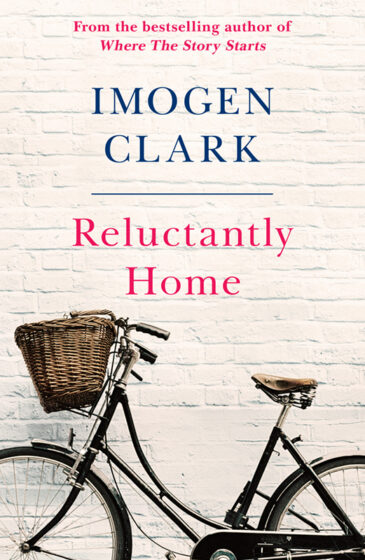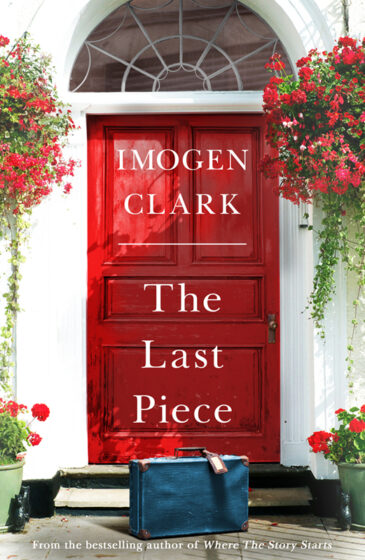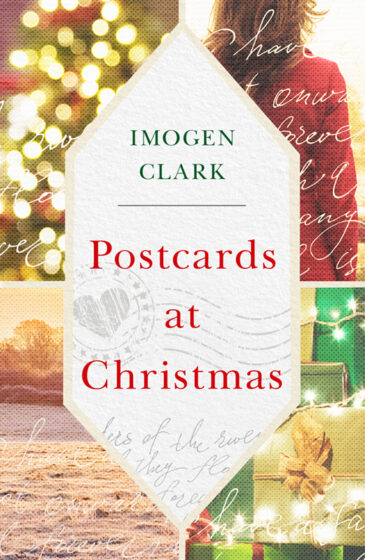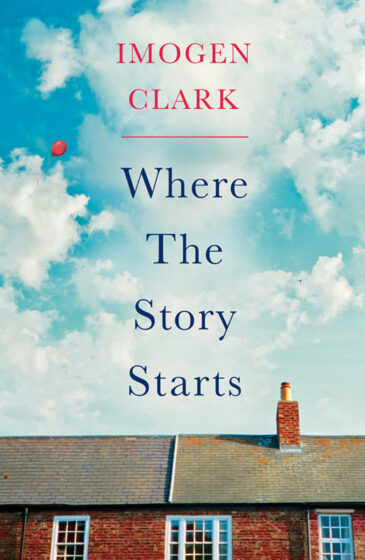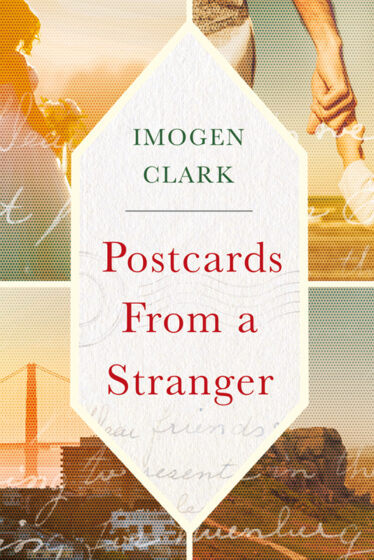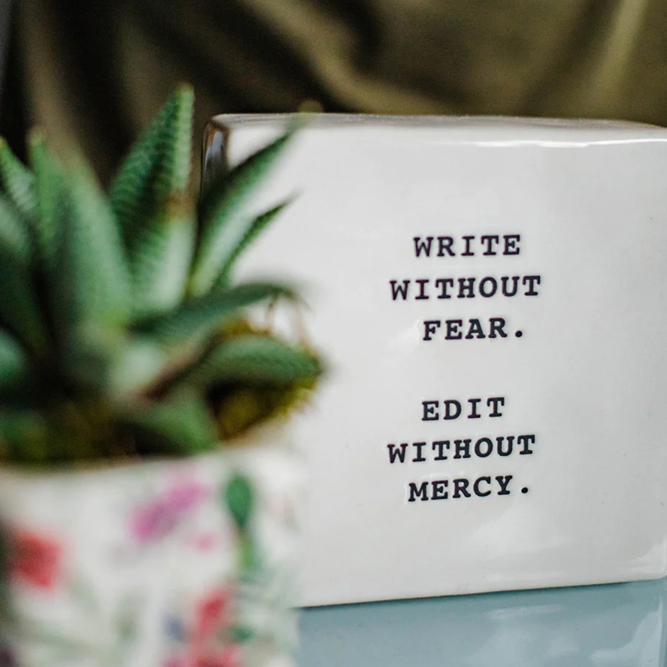
For Writers…
Who is your story about?
I have often heard authors say that the way to start a book is with the characters first. They create a character in their head and then think about what kind of scrapes that person might get themselves into.
Well, I am the other way round. I think of the idea first (see The Mythical Initial Idea) and then set about coming up with some characters who might work well with it.
So, in Where the Story Starts, I knew that the story would be about – spoiler alert! – a bigamist and I wanted the two women that he marries to be very different from one another. Obviously, an easy way to do this is to make them come from contrasting backgrounds, which I did, but it was more than that. I needed Grace, who was aware of her husband’s infidelities, to be strong and stoical enough to be able to put the needs of her children ahead of her own pain at his betrayal. Similarly, the husband was looking for something fresh when he begins a relationship with the woman who becomes the second wife, so she needed to be impetuous and spontaneous and possibly not quite as clever as Grace.
Those two women each have daughters of their own – the modern day protagonists in the story – and I needed to create women in whom the reader could clearly see their upbringing reflected in their personalities, the second generation of the character traits I had already created.
So, that is all very interesting, I hear you cry, but how do you go about doing that?
Well, it’s a lot easier to say what I don’t do. I don’t do a character profile sheet like many courses suggest that you should. I don’t spend time working out their favourite colour or what hobbies they have unless those things are pertinent to the story. I don’t work out motivations either, or what they have to lose or seek to gain. That might be more to do with the genre that I write in, but I don’t find rigidity like that helpful.
Likewise, I don’t generally know what my characters look like either. Rather, I have a shadowy sense of them, if they are tall or short, and their colouring. Sometimes they might have a clear distinguishing feature but not often.
When I start writing I know their date of birth – vital for keeping track of jumping timelines – and how they will react to the opening scene and possibly not much more than that. That sounds like not much to go on, but let’s dig into it a little bit deeper.
What do you know about someone when you know how old they are? Well, you can work out what has happened in their life and how that might alter them. For example, someone who was brought up in World War II is going to have a very different attitude to waste to a child born in the eighties and nineties when consumerism was running wild. An older person is likely to have come across a situation, or at least something similar, before which will colour their response to it. This might allow them to bring perspective, or wisdom to the scenario, but it may also have been traumatic first-time round which makes them fearful or wary when a younger, less experienced character might be much more gung ho.
Their age might also decide what their influences are – which books or films chime with them, what music they like to listen to, where they have travelled to, their politics. So, I suppose, subconsciously, just by deciding when they were born, I am answering some of the questions that I say I don’t think about before I start.
The other thing that I said I know before I start is how the characters will react to the opening situation. This is because I have created them specifically to react in the way I need for the story to begin. If, for example, as in my book The Last Piece, the mother of three adult children goes off to Greece without a word to anyone but has a history of just taking herself off on a whim, then nobody would be surprised by her actions, and I don’t have the start of a story.
However, the way I wrote the opening shows that her disappearance is hugely out of character for her, which is interesting, and also enabled me to start to demonstrate the personalities of each of her daughters as the reader sees how they react. Thus, in showing the response to this one action by all the members of her family we have the opening to an intriguing story.
After that I make sure that my characters are not led by the plot.
What you really don’t want is your reader shouting ‘That person would NEVER do that’ at your book! Once you have set your character up, you need to ensure that everything they do and say is driven entirely by their personality and not by your need to move the story from A to B.
Having said that, there is nothing wrong with having your character act out of character sometimes. We all do that from time to time, and it’s what makes people fascinating. I think, however, that you need to limit your character’s flights of fancy and to make sure that they are plausible to the reader in the context of the story as a whole.
Books about the craft of writing will tell you that your characters shouldn’t be perfect, too good or too bad etc, that they need flaws which you should build in from the outset. That may well be true, but when I write a character it is a much more organic process. If a flaw pops up, then we can examine it and see if it changes how they react to what’s going on about them, but I don’t decide what it might be before I start and so if you don’t want to do that either then that’s fine by me!
Characters in your books should be just like the people you know in real life – interesting, complicated and coloured by past experience. Your job as the writer is to make them come alive for the reader.
Still got questions about me? Then please join me on my Imogen Clark Author Facebook page, on Instagram and Twitter. Join my Readers’ Club to keep up to date with behind the scenes of my life and work and exclusive offers. In the end, please get in touch whichever way suits you best.


